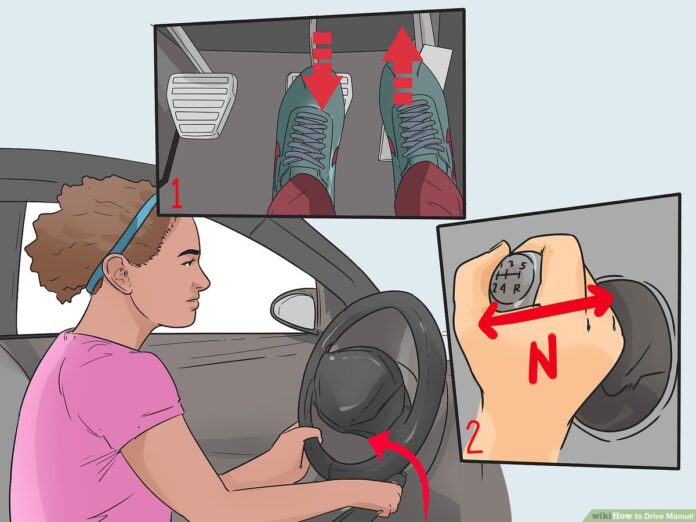Once we reach the age of 16, most of us can’t wait to get behind the wheel and start driving. For some, this may mean learning how to drive a manual car. Cars with manual transmissions are often thought to be more challenging to drive than their automatic counterparts, but they can actually be a lot of fun!
In this article, we’ll show you everything you need to know about starting to drive a manual car. We’ll be learning the parts of a manual car and the basics of driving a manual car. We’ll also share some car repair tips, just in case you run into any trouble. By the end of this article, you’ll be ready to start driving a manual car like a pro!
Parts of a Manual Car
Before we get started, let’s take a look at the parts of a manual car. A manual car has three main parts: the clutch, the gearbox, and the handbrake.
- The clutch is a disc that sits between the engine and the gearbox. It helps to connect or disconnect the two parts. The clutch pedal is usually located on the left side of the pedal board. It is used to engage and disengage the clutch.
- The gearbox is the part of the car that contains the gears. It helps to control the speed and power of the car. This is usually located on the right side of the clutch pedal.
- The handbrake is a lever that is used to stop the car from moving. It is usually located between the front seats or on the console.
Basics of Driving a Manual Car
Now that we know the parts of a manual car, let’s learn the basics of driving one.
- Learn the basics – Before you even get in the car, it’s important to learn how a manual transmission works. This includes understanding how to change gears, use the clutch, and more. Once you have a good understanding of the basics, you’ll be ready to start driving.
- Get in the car – Before you start the engine, make sure that you’re in the correct gear. For most cars, this will be first gear. Once you’re in the correct gear, you can start the engine. Make sure that you’re wearing your seatbelt before you begin driving.
- Use the clutch – When you’re ready to start moving, slowly release the clutch while giving the car gas. You’ll need to find the sweet spot where the car will start to move without jerking forward or stalling. It takes a little practice to get used to using the clutch, but you’ll get the hang of it in no time. You also need to be careful when shifting gears. Make sure that you’re not over-revving the engine by giving it too much gas when you shift.
- Changing gears – To change gears, you’ll need to press down on the clutch pedal and move the gearshift into the next gear. Once you’re in the correct gear, you can release the clutch and give the car gas. Remember to use smooth, gentle movements when shifting gears.
- Parking the car – When you’re ready to park the car, make sure that you’re in first gear. Once the car is in first gear, you can turn off the engine and engage the handbrake.
By following these simple instructions, you’ll be able to start driving a manual car like a pro! Just remember to take your time and be patient while you’re learning. With a little practice, you’ll be driving like a pro in no time.
Car Repair Tips
Now that you know the basics of driving a manual car, let’s share some car repair tips. These tips will come in handy if you ever run into any trouble while you’re driving.
- If your car stalls, don’t panic – If your car stalls, the first thing you should do is try to restart the engine. If the engine doesn’t start, check to see if the clutch is engaged. If the clutch is not engaged, try pressing down on the clutch pedal and then starting the engine.
- If your car won’t start, check the battery – If your car won’t start, it could be because of a dead battery. To check the battery, turn on the headlights. If the headlights are dim or don’t turn on at all, the battery is probably dead.
- If your car is making strange noises, pull over – If your car is making strange noises, it could be a sign of trouble. If you hear strange noises, it’s best to pull over and investigate. Once you’ve identified the source of the noise, you can decide whether or not you need to call a tow truck or take the car to a mechanic.
By following these simple tips, you’ll be able to keep your car running smoothly. Just remember to always stay calm and think logically when you’re dealing with car trouble. With a little patience, you’ll be able to fix most problems on your own.


















